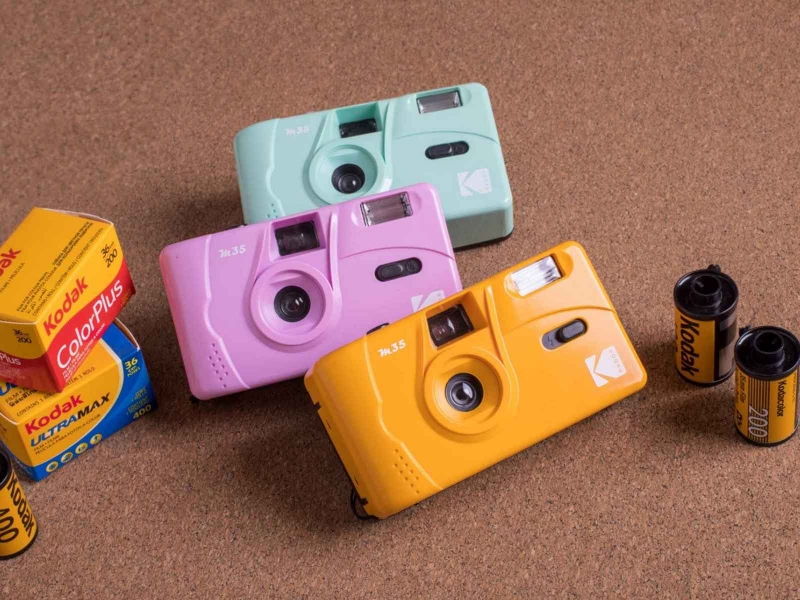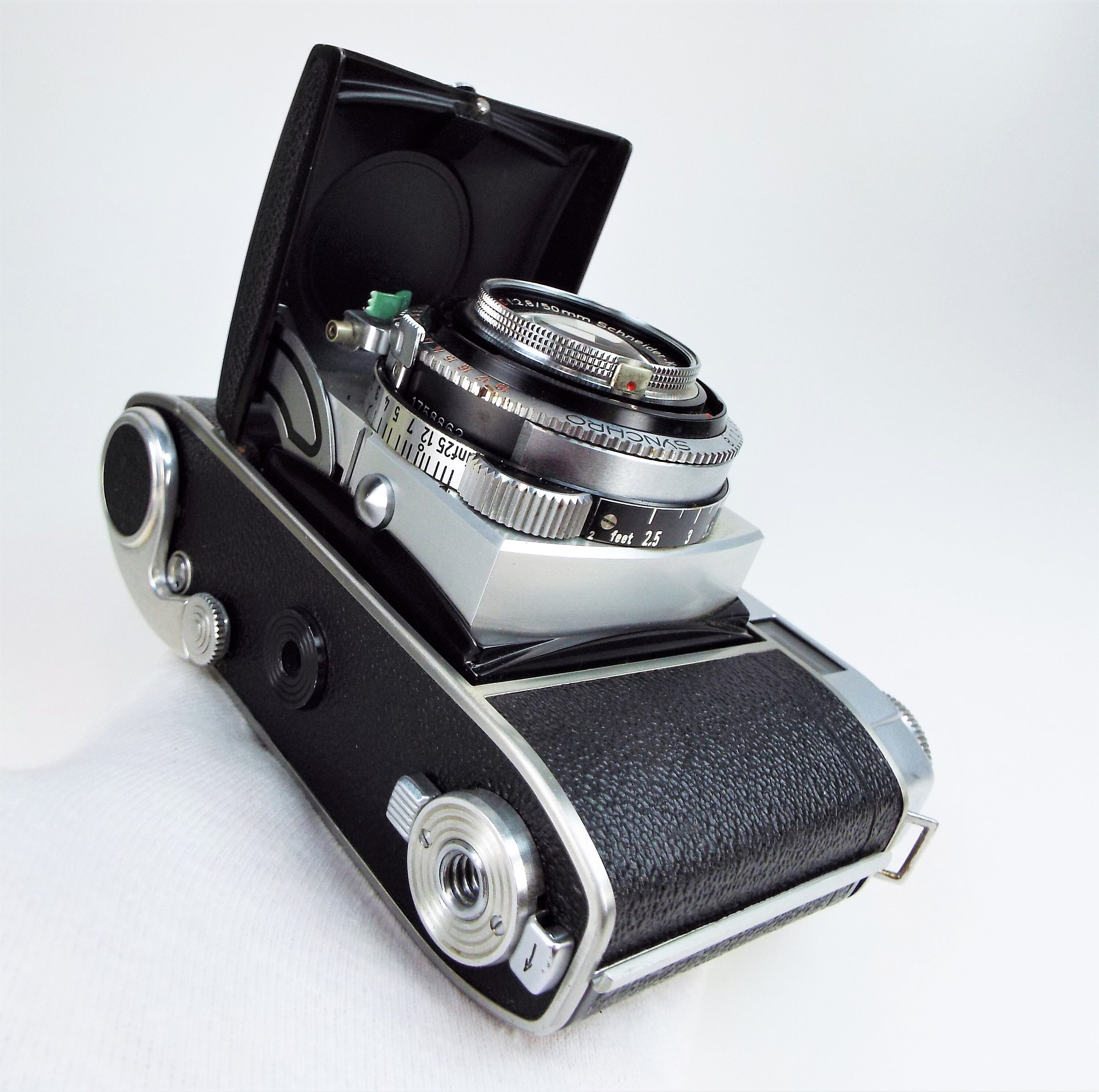
The cameras are expensive, unwieldy and more complex to set up. Large format cameras (opens in new tab) are specialized tools used by particularly dedicated photographers. 35mm cameras (opens in new tab) are the most common, so that's what we'll start with, but medium format cameras (opens in new tab) are popular too as they offer better quality from their larger negatives and easier high-quality scanning with a flatbed scanner. You can read our massive Best film cameras (opens in new tab) guide to find out more, but generally they split into three types: 35mm, medium format and large format cameras. All slide film is developed using the E-6 process that's widely available in labs. Because this isn't as popular today, however, the range of transparency films is a little more limited than it used to be. You could also easily send off slides to editors and picture libraries. Transparency film or slide film: used to be a favorite option for professionals, as there wasn't an intermediate printing stage to lower the quality and add to the cost. It can be easily processed at home which is why film students and anyone who wants to develop themselves might choose to shoot with it – although it's a much more involved process than sending it off to a lab. The film is developed using a process called C-41 which is available in all labs and is particularly useful for digitizing film as it easily handles the orange mask and negative tones of a color negative.īlack and white negative film: images without color are often deemed a more arty choice and black and white shooting is popular among film enthusiasts. What best film types can you get?įilm can be split into three main types: color negative film, black and white negative film and transparency (slide film).Ĭolor negative film: this is one of the most popular types of film and is widely available from specialist camera shops as well as Amazon. Both films use widely-available E-6 processing, unlike the other old favorite, Kodachrome. It's one f-stop faster, which makes it a fraction easier to use if the light's not good, and the colors are perhaps a bit more natural-looking than Velvia 50's, but there's not much in it.

Velvia 100 arrived as Velvia 50's more responsible, more usable sibling. Sure, it's a practice that definitely takes more patience and understanding than digital photography, but when you get it right the end result is so worth it. There's an element of surprise to shooting film that you just don't get with digital photography, something romantic. While the best mirrorless cameras and the best medium format cameras (opens in new tab) are great pieces of kit offering advanced technologies such as Animal Eye AF, Wifi photo transfer, and built-in HDR modes, the ability to view images instantly takes away any excitement. Thanks to a rise in the vintage look and analog trends, curious digital shooters are exploring the magic of film photography too. It's not just experienced or traditional film shooters who are looking to buy analog camera systems and films. There's been a resurgence in film photography in recent times. Best Instax photo albums (opens in new tab).Best Instax camera cases (opens in new tab).Best disposable cameras (opens in new tab).Best digital instant cameras (opens in new tab).Best instant cameras (opens in new tab).

Best Lomography camera (opens in new tab).



 0 kommentar(er)
0 kommentar(er)
